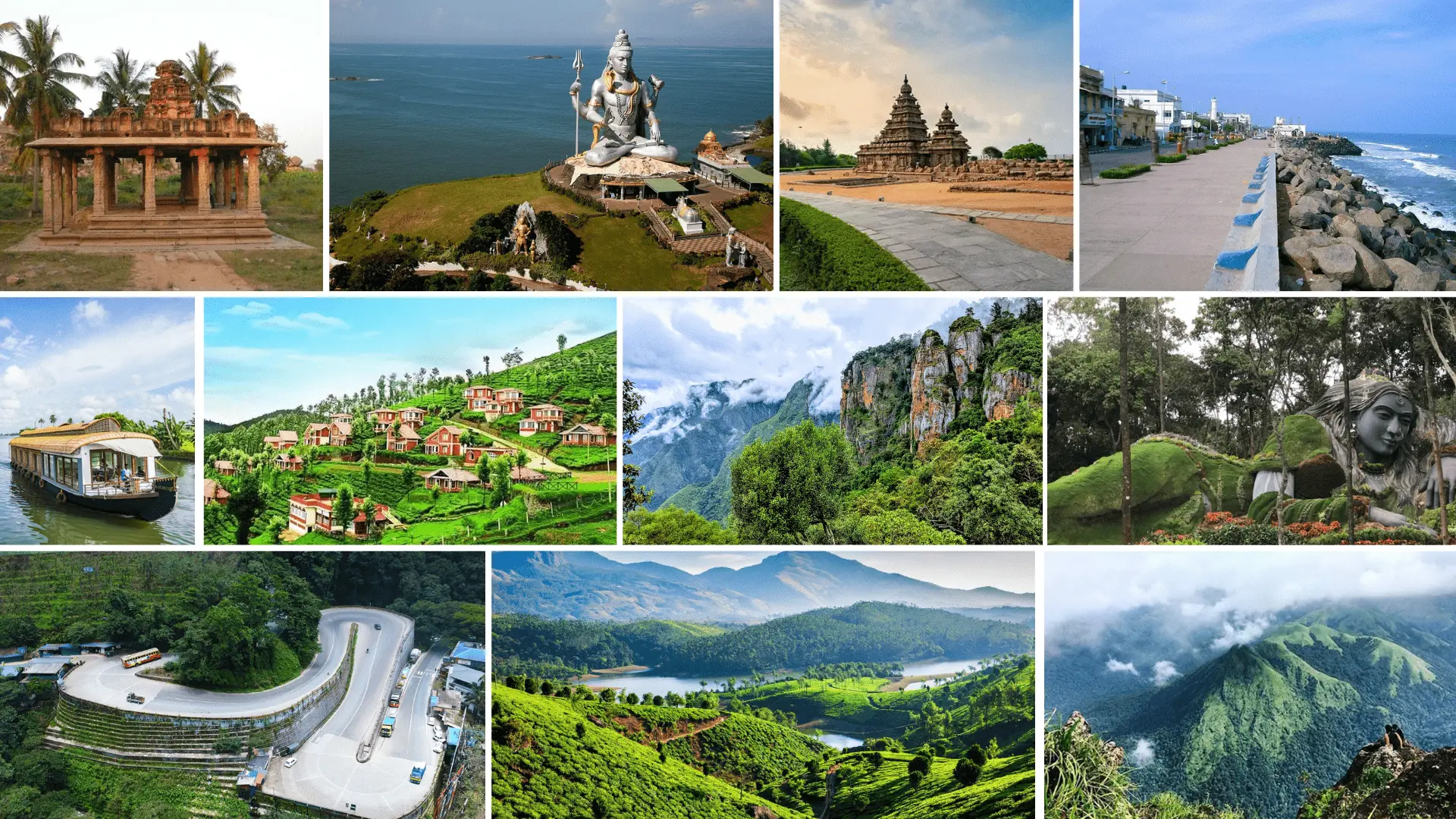India’s spiritual landscape is adorned with an array of pilgrimage destinations that cater to different religious beliefs. Pilgrimage, or “Tirtha Yatra” as it is known in Sanskrit, holds immense cultural importance in Hinduism, Buddhism, Jainism, Sikhism, and other religions practiced in the country. These sacred journeys are not just physical voyages but spiritual odysseys, offering seekers an opportunity for self-discovery and communion with the divine.
The Varied Tapestry of Pilgrimage Sites:

1. Varanasi – The Spiritual Heartbeat:
Known as the spiritual capital of India, Varanasi stands as a testament to the eternal connection between life and death. Pilgrims flock to the ghats of the holy Ganges River, seeking purification through sacred baths and rituals. The Kashi Vishwanath Temple, dedicated to Lord Shiva, is a sacred hub that resonates with chants and devotional fervor.
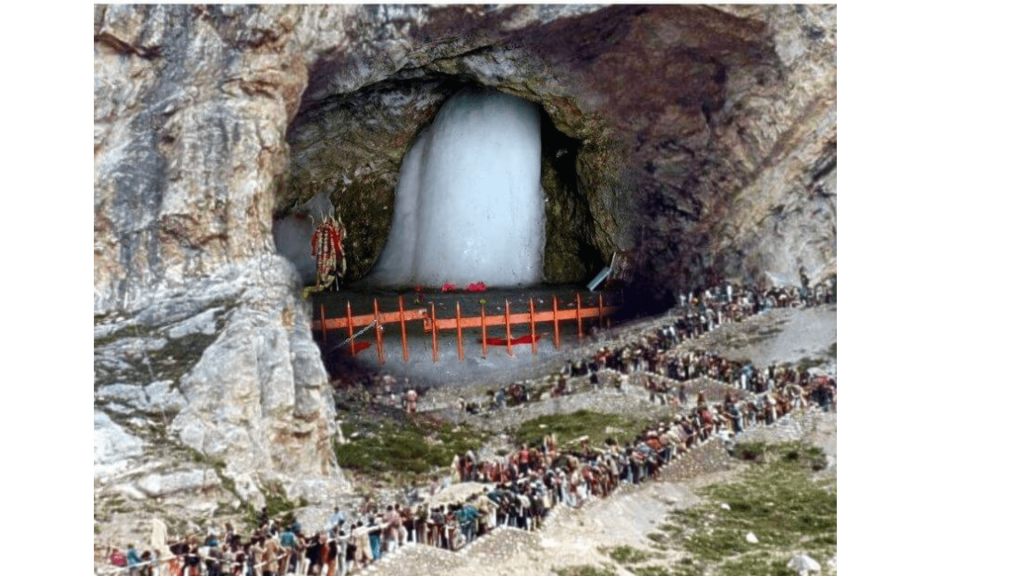
2. Amarnath Cave – A Himalayan Sojourn:
Nestled in the breathtaking Himalayan region, the Amarnath Cave is dedicated to Lord Shiva. Pilgrims undertake a challenging trek to witness the naturally occurring ice Shiva Lingam, a symbol of divine energy. The journey itself is a test of faith, navigating through rugged terrains to reach the sanctum.
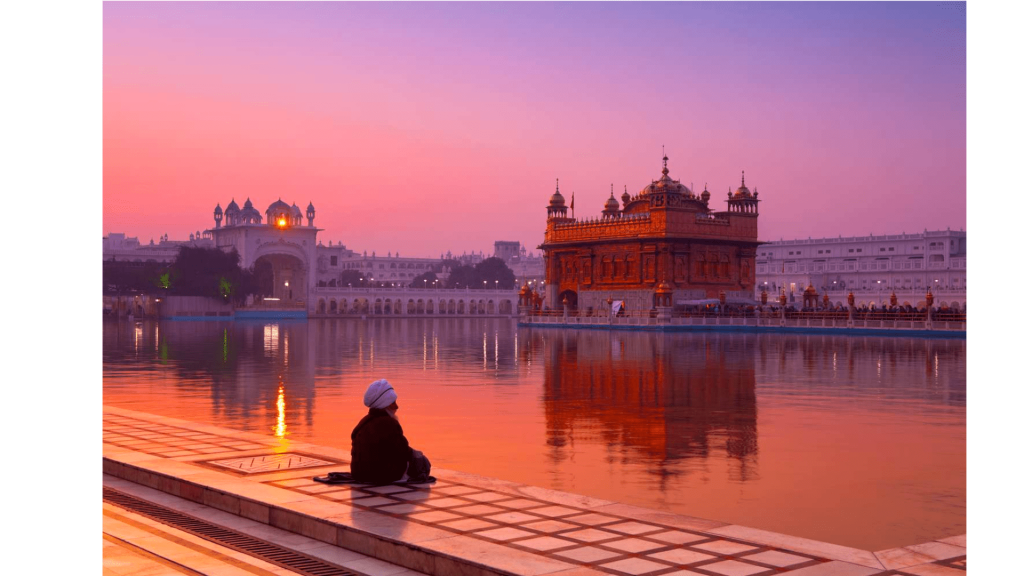
3. Golden Temple – Sikhism’s Spiritual Beacon:
In the heart of Amritsar lies the resplendent Golden Temple, the holiest shrine in Sikhism. The gleaming structure is surrounded by the sacred Amrit Sarovar (Pool of Nectar), inviting devotees of all faiths to partake in its divine ambience. The langar, a free community kitchen, epitomizes the Sikh principles of equality and selfless service.
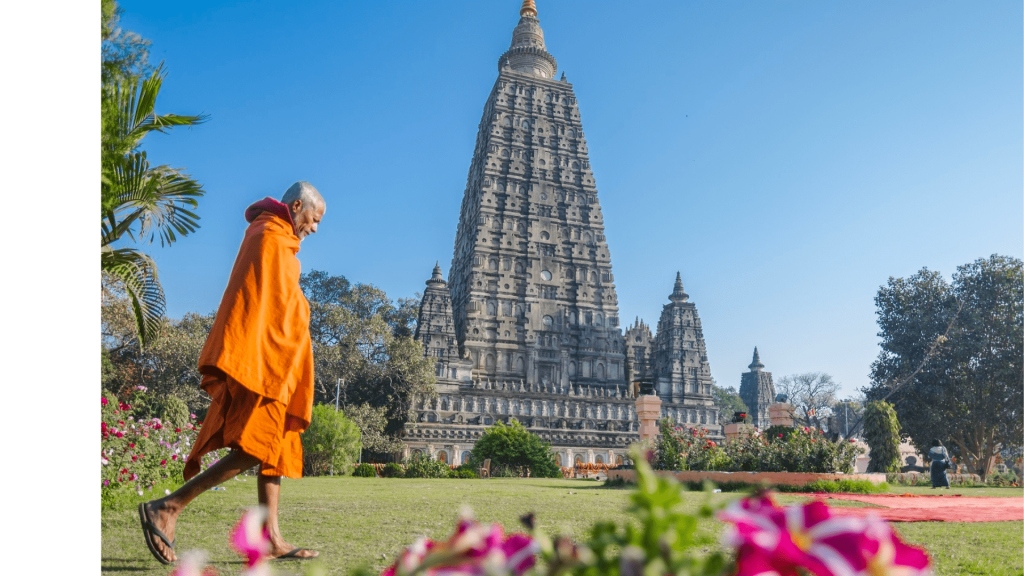
4. Bodh Gaya – Enlightenment Under the Bodhi Tree:
Bodh Gaya, a UNESCO World Heritage Site, holds immense significance in Buddhism as the place where Siddhartha Gautama attained enlightenment under the Bodhi Tree. The Mahabodhi Temple complex and the Great Buddha Statue are focal points for meditation and reflection, attracting Buddhists from across the globe.
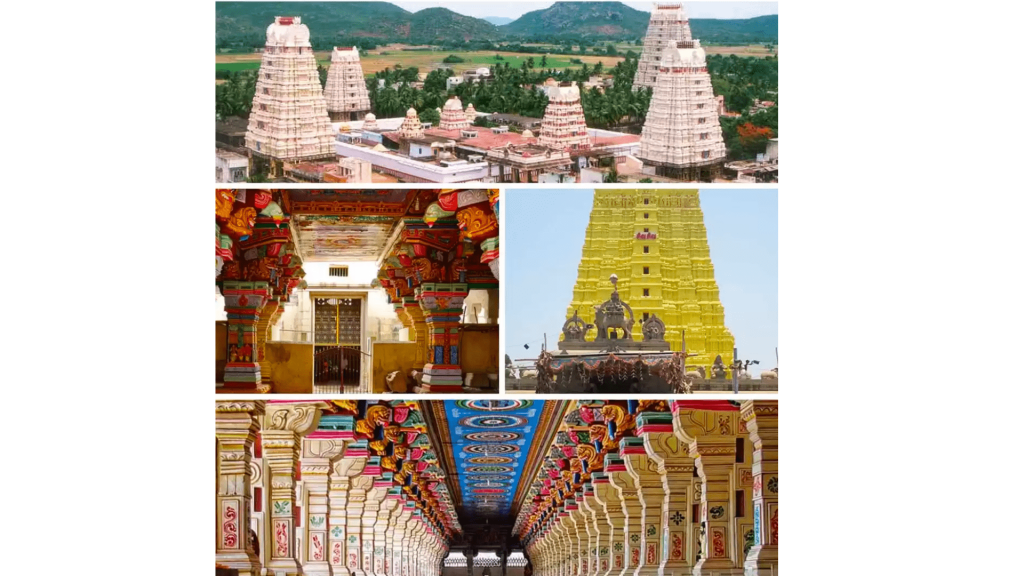
5. Rameswaram – Southern Sanctity:
Situated on the Pamban Island, Rameswaram is revered by Hindus as one of the Char Dham pilgrimage sites. The Ramanathaswamy Temple, with its majestic corridors and sacred tanks, draws pilgrims seeking redemption. The belief is that a pilgrimage to Rameswaram washes away sins and brings spiritual liberation.
The Essence of Pilgrimage:
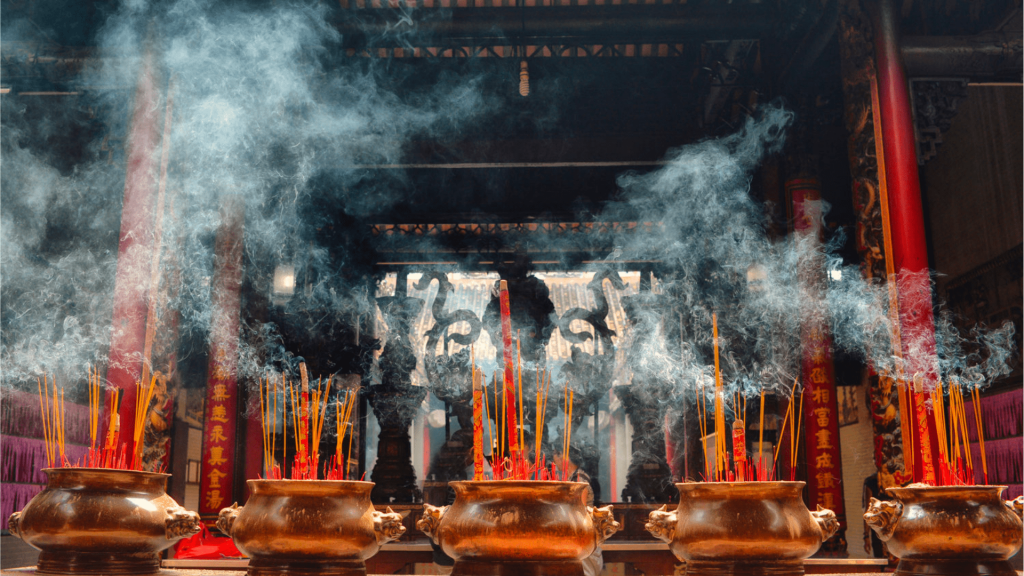
1. Rituals and Ceremonies:
Pilgrimage is not merely about visiting a sacred place; it involves a series of rituals and ceremonies that mark the spiritual journey. From ablutions in holy rivers to the circumambulation of sacred shrines, each act is imbued with symbolic meaning, guiding pilgrims towards a deeper understanding of their faith.

2. Communal Harmony:
Pilgrimage sites in India epitomize the country’s secular fabric, where people from diverse religious backgrounds come together in a spirit of unity. The shared experience of devotion transcends barriers, fostering communal harmony and mutual respect.

3. Festivals and Celebrations:
Many pilgrimage sites host vibrant festivals that attract pilgrims and tourists alike. These celebrations amplify the spiritual energy of the place, creating an atmosphere charged with devotion, music, and cultural festivities. The Kumbh Mela, held at rotating locations, is one such grand congregation, drawing millions for a sacred dip in the holy rivers.

4. Acts of Charity:
A common thread among pilgrimage sites is the emphasis on acts of charity and selfless service. Temples and gurudwaras often run community kitchens providing free meals to pilgrims and the needy, promoting the values of compassion and humanitarianism.
Challenges of Modern Pilgrimage:
While pilgrimage has been a timeless tradition in India, the modern era brings forth its own set of challenges. The surge in the number of pilgrims, coupled with inadequate infrastructure, poses logistical and environmental concerns. Balancing the sanctity of these sites with the need for sustainable pilgrimage practices becomes imperative.
Conclusion:
In the tapestry of India’s cultural and spiritual landscape, pilgrimage sites stand as vibrant threads, weaving tales of devotion, tradition, and communal harmony. The sacred journeys to these destinations are not just physical traversals; they represent a profound inward odyssey towards self-discovery and spiritual awakening. As pilgrims embark on these sacred sojourns, they contribute to the rich tapestry of India’s cultural heritage, keeping alive the timeless tradition of Tirtha Yatra. May these sacred journeys continue to be a source of inspiration, fostering a deeper connection with the divine and nurturing the spiritual essence of humanity.











